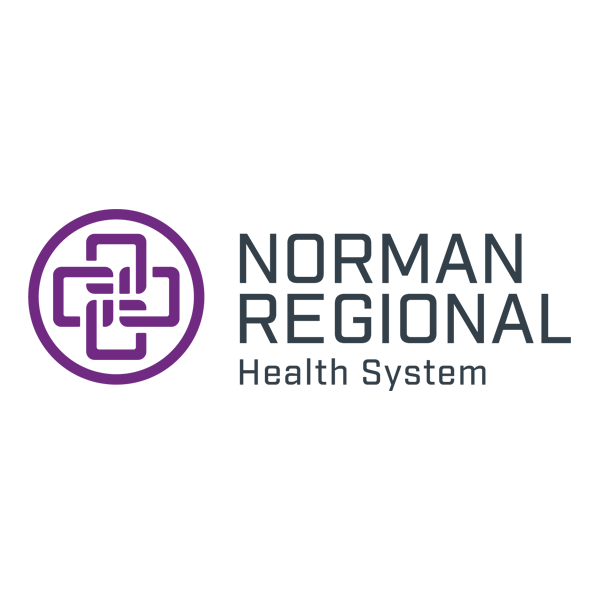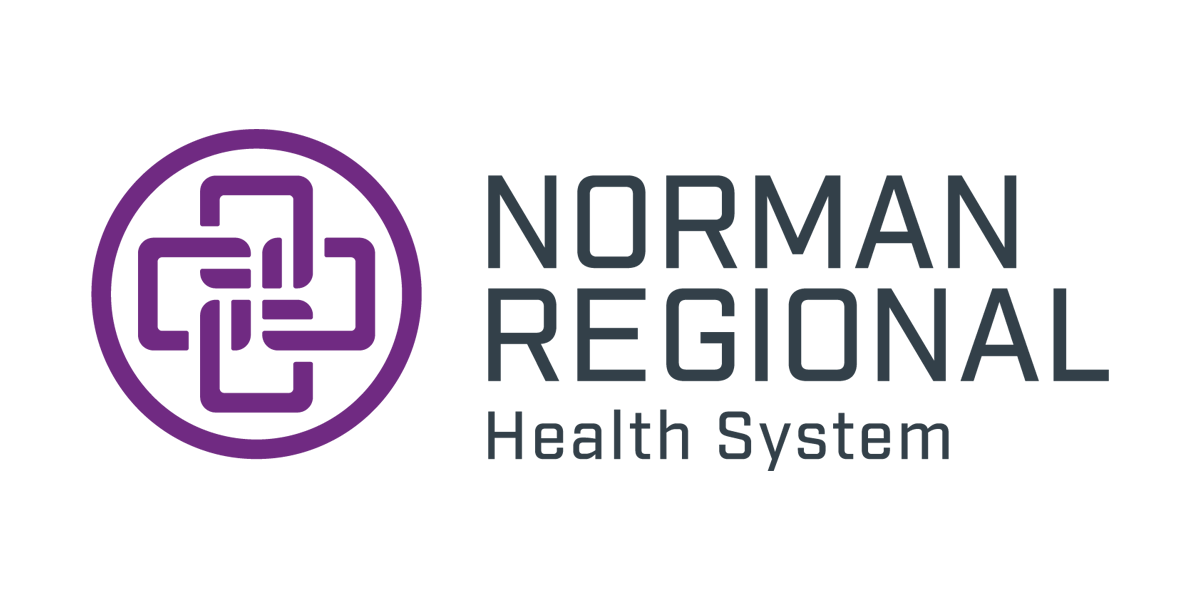
Monday, January 23, 2023
Oklahoma leads the United States for cervical cancer deaths. January is Cervical Cancer Awareness Month, a time to raise awareness about the importance of early detection and prevention of cervical cancer.
According to the World Health Organization (WHO), cervical cancer is the fourth most common cancer among women worldwide. In the United States, each year an estimated 13,000 new cases of cervical cancer will be diagnosed and 4,000 women die of this cancer every year based on Centers for Disease Control and Prevention (CDC) data.
Cervical cancer is caused by HPV, a sexually transmitted infection. The WHO reports more than 95 percent of cervical cancer is due to HPV. The CDC estimates that about 80 percent of sexually active men and women will get HPV at some point in their lives. However, the majority of people who get HPV do not develop cervical cancer.
The good news is that cervical cancer is one of the most preventable types of cancer. The CDC recommends that all girls and women ages 11 to 26 get the HPV vaccine to protect against the strains of HPV that most commonly cause cervical cancer. The vaccine is also recommended for boys and men ages 11 to 21.
Oklahoma Leads in Cervical Cancer Deaths
In Oklahoma, the rate of cervical cancer is the highest in the nation. According to the CDC and the Oklahoma State Department of Health, as of 2019, the state's cervical cancer incidence rate is 10.3 per 100,000 women, compared to the national average of 7.5 per 100,000 women.
The state’s cervical cancer mortality rate leads the country at 3.9 per 100,000 women compared to 2.2 per 100,000 women nationally.

Norman Regional Healer Shares Her Story about Cervical Cancer
“My life has been profoundly affected by HPV, (Human papillomavirus) and the threat of Cervical Cancer.
I had been routinely seeing my OBGYN on a yearly basis as a young woman in my twenties, and it was an annual appointment to check off my to-do list. I would not typically hear back from the doctor, as my pap smears showed normal results. Until it did not. I remember where I was at and what I was doing when the doctor called me himself and told me I had stage four pre-cancerous cells from the particular strain of HPV I had contracted and needed to schedule an ablation surgery on my cervix as soon as possible.
When I came to from that first of many surgical procedures, I was informed that I would have fertility issues in my future. And, I did. I was never able to have children of my own, and my twenties and thirties were filled with biopsies, surgeries and a plethora of doctor appointments.
The initial diagnosis was around 2003, and I knew many females in my age group that also contracted HPV, the CDC states it’s the most common STI (Sexually Transmitted Infection) in the United States, but I seemed to be the only carrier of the strain that causes Cervical Cancer. I had only been sexually active with one partner, and saw my OBGYN every year for a pap smear, how did this happen to me, and so quickly?
Ironically, as I was processing how this would affect my future, a marketing blitz came onto the scene promoting an HPV vaccine. My initial feelings were anger and resentment. ‘So, now there is a cure?’ But, I quickly realized what a blessing it was that science had crafted a cure that would prevent all future young women from the possibility of experiencing what I had with HPV, pre-cancerous cells and infertility. All women should be grateful for this initial tool that is available for women’s health.” The Norman Regional healer requested anonymity in sharing her story.

Ways to Reduce the Risk of Cervical Cancer
Another way to reduce the risk of cervical cancer is to avoid smoking, as well as using other forms of tobacco, and limit alcohol consumption. Maintaining a healthy diet, being physically active and maintaining a healthy weight can also help reduce the risk of cervical cancer.
With the help of experts at Norman Regional, Oklahoma women can have access to the resources they need to detect and prevent cervical cancer. To establish care with a primary care provider or an OBGYN, call our Community Call Center at 405-515-5000. The staff there can help you find care close to your home and even make an appointment for you.

Talking with the Experts about Cervical Cancer
We spoke with Amber Duncan, APRN, WHNP-BC, a women’s health nurse practitioner at Norman Regional to get her take on some of the most common questions that arise with cervical cancer prevention and education.
How does the HPV Vaccine work against Cervical Cancer/pre-cancerous conditions? Does the girl/boy need to be vaccinated at time of sexual activity or can it be received after and still be effective?
- The HPV vaccine works by stimulating your body to produce antibodies, that in future encounters with HPV, bind to the virus and prevent it from infecting cells.
- It is recommended to be vaccinated at age 11-12, but you can get the vaccine as early as 9. Getting the vaccine prior to any sexual activity is optimal, so there is no prior exposure to HPV. The longer you wait to get the vaccine, the less benefit you could possibly get. Once you are exposed to certain strains of HPV, vaccination would only be able to prevent against strains you do not have.
Are there signs/symptoms for Cervical Cancer that girls/women will experience? What about HPV?
- Early stages of cervical cancer are not usually associated with any signs or symptoms. However, if it is later stage cervical cancer, there may be some accompanying symptoms:
- Abnormal vaginal discharge that may contain blood
- Burning or itching sensation inside vagina
- Vaginal bleeding after intercourse, between periods or post menopause
- Typically, there are no signs/symptoms of HPV. Most women do not know they have it until they have their pap smear done. However, some strains of HPV can cause genital warts, so girls may notice genital warts pop up sporadically throughout their life.
What would you tell a parent about a young girl receiving the HPV vaccine who has concerns that it could be seen as parental complicity for sexual relationships at their age?
- I would explain to the parent that the HPV vaccine is not encouraging sexual activity, rather protecting them from certain types of cancer later on in life.
How often should women receive pap smears and how do they directly prevent Cervical Cancer outcomes?
- Women ages 21-65 should get a pap smear every 3 years if pap smears have always been normal. If you have had abnormal pap smears, the schedule can differ. They recommend co-testing with a pap smear and HPV testing every 5 years if normal in women 30-65.
- Pap smears detect abnormal cervical cells that could lead to cancer. They allow us to intervene as necessary to treat the abnormal cells before they progress to cervical cancer.
When should a woman receive her first pap smear and does birth control prevent HPV?
- Women should start getting pap smears at age 21.
- Most forms of birth control do not protect against HPV or other STDs. However, condoms, when used correctly, greatly reduce the risk of HPV and STD transmission.
Amber offers her services at multiple locations, including:
-
Care for Women - Moore, 700 S. Telephone Rd., Suite 401 Moore, OK 73160
-
Specialty Care Clinic, 2601 S.W. 119th St., Suite A Oklahoma City, OK 73170
For more information and help with women's health visit Norman Regional's Women's and Children's Services on our website.


